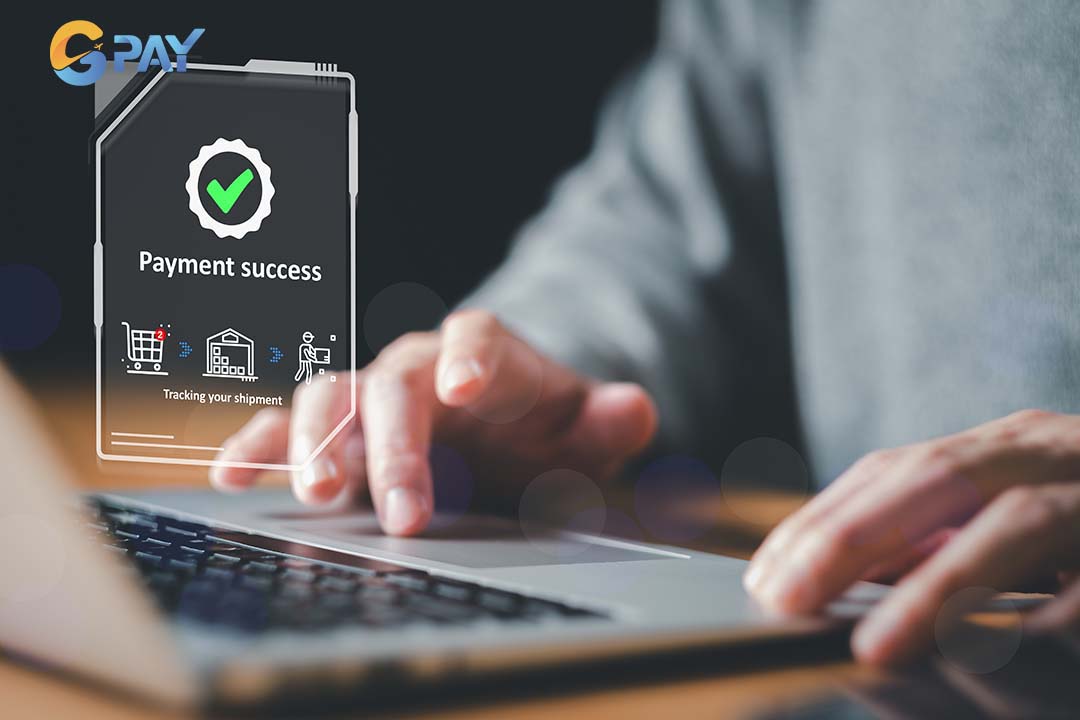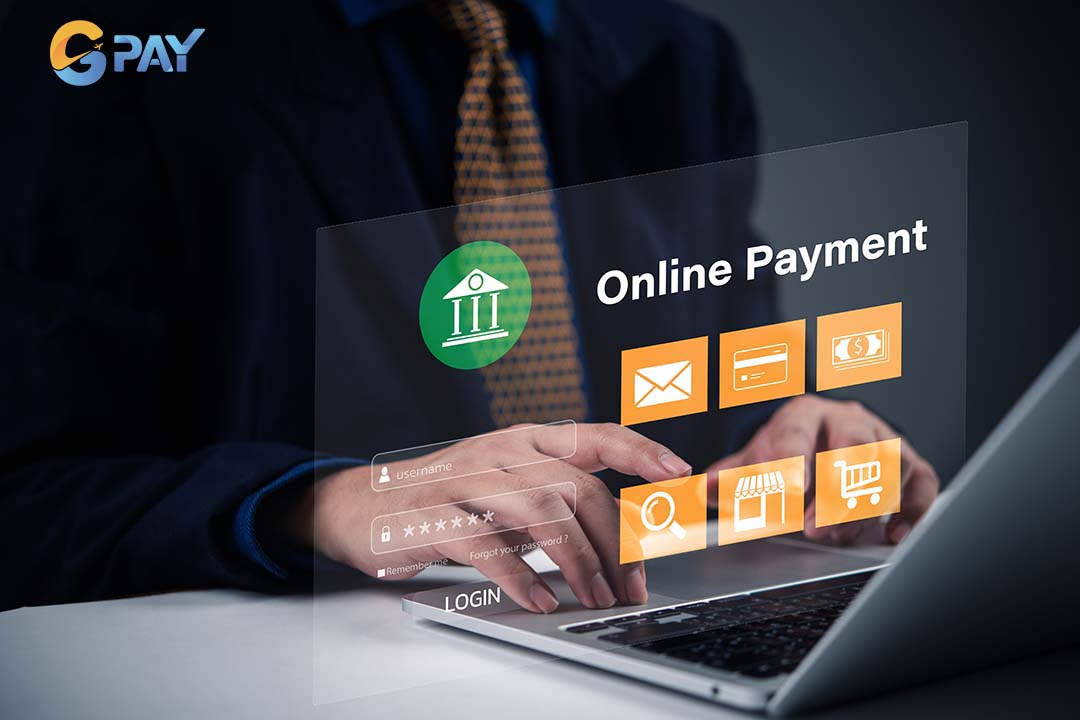Understanding how payment gateways work for SaaS businesses is essential for delivering seamless user experiences and maintaining consistent cash flow. In a world where software is sold as a service and billed periodically, payment infrastructure becomes one of the most critical components of success. Handling recurring billing, preventing failed payments and fraud, a well-integrated payment gateway can be the difference between growth and stagnation. This article explores how payment gateways operate, what makes them effective for SaaS, and how to choose the best solution for your business.
Why payment gateways are vital in SaaS
In SaaS (Software as a Service), the product is delivered continuously, often monthly or annually. That means businesses need a payment system that is reliable and secure and automated, and scalable. A payment gateway facilitates digital transactions by acting as a bridge between the customer and the business’s bank. It processes payment data, encrypts sensitive information, and helps authorize and complete payments in real-time. For SaaS companies, where revenue is tied to subscriptions, a payment gateway ensures that billing is smooth, automatic, and error-free.
Besides processing payments, the right gateway:
Reduces involuntary churn caused by payment failures
Enhances the user experience during checkout
Enables global expansion with multi-currency and local payment support
Provides detailed transaction analytics for strategic decisions

A payment gateway for SaaS businesses ensures secure, automated, and scalable transactions, supporting smooth billing, reducing churn, and enabling global expansion
By using a purpose-built gateway, SaaS providers can focus on product and customer experience, not on chasing failed payments or fixing integration errors. This shift saves time and resources and builds trust through consistent, frictionless transactions.
Key features that saas businesses should look for
There’s no one-size-fits-all payment gateway especially in the SaaS world. The ideal solution depends on your product model, market, and scale. A robust payment gateway for SaaS businesses should include several essential features.
Recurring billing & subscription management
Recurring billing automation is the lifeblood of SaaS. The gateway should handle monthly/annual charges, proration, free trials, plan upgrades, and downgrades. Some gateways offer built-in subscription management tools, while others require integration with third-party billing platforms. Seamless subscription handling ensures users stay engaged without interruptions or manual billing errors.
Dunning management
Dunning refers to how your system handles failed payments, like expired cards or insufficient funds. A good gateway will automatically retry failed transactions and send emails prompting the customer to update their payment method. This process helps reduce involuntary churn and keeps your MRR (monthly recurring revenue) stable. Efficient dunning strategies can recover a significant portion of lost revenue that would otherwise go unnoticed.
Global payment support
As SaaS businesses scale, so does their customer base, often spanning different regions and currencies. Your gateway should support:
Multi-currency billing
Localized payment methods
Language localization for payment pages
Cross-border compliance

As SaaS businesses grow, a payment gateway should support multi-currency billing, localized payment methods, language customization, and cross-border compliance
Security & compliance
Handling sensitive payment data requires strict security protocols. Your chosen provider must be PCI-DSS compliant and offer:
Tokenisation (storing payment data as encrypted tokens)
Two-factor authentication (2fa)
Built-in fraud detection and prevention tools
This protects your customers and safeguards your brand from legal and reputational risk. Strong security measures also build customer confidence, which is crucial for long-term retention in the SaaS space.
Integration with SaaS platforms
Modern SaaS platforms use APIs to connect with payment gateways and manage subscriptions, refunds, invoices, and analytics within the app. There are typically three ways to implement these integrations:
The first is hosted payment pages, where users are redirected to a secure, external checkout, a simple approach that requires minimal setup but offers limited customization.
The second is client-side integration, which allows businesses to embed payment forms into their website using JavaScript libraries for a more branded experience.
The third is server-side APIs, offering full control over the payment process, ideal for more complex setups that demand stronger security and development resources.
Additionally, some SaaS providers adopt payment orchestration, using multiple gateways at once to boost transaction success rates, lower costs, and maintain service reliability. This strategy ensures greater flexibility and redundancy, allowing for routing payments through the most efficient channels based on factors like payment method preference.
How to choose the right payment gateway for your SaaS business
Choosing the best payment gateway for your SaaS company depends on a mix of technical and business considerations.
Consider your business model
When choosing a payment gateway, it's crucial to align the solution with your specific business model. Do you operate on a monthly subscription basis, a usage-based pricing model, or offer one-time purchases? Different gateways are tailored for various billing approaches. For example, subscription models need gateways with recurring billing, while usage-based models require complex pricing logic. One-time purchases, on the other hand, require straightforward, secure payment processing. You should select a gateway that supports your pricing model and can scale as your business grows.
Evaluate pricing structure
Every payment gateway charges differently, and understanding these costs is key to ensuring long-term profitability. In addition to this, there may be a monthly platform or integration fee, depending on the gateway and the scale of your operations. It's also important to consider additional fees for international transactions or currency conversion, especially if your SaaS business caters to a global audience. These extra charges can add up quickly, so compare the total cost structures of various gateways before making a decision.

Understanding the varying costs of payment gateways, including transaction fees, and international charges, is essential for optimizing profitability in SaaS businesses
3. Check developer experience
The ease of integration and the quality of developer tools should be a priority when selecting a payment gateway. Look for platforms that offer clean, well-documented APIs, as this will significantly reduce development time and minimize integration errors. Check for SDKs in multiple programming languages to allow your team to use familiar tools. Prebuilt UI components can also save development time, allowing for a seamless, branded checkout experience. A sandbox environment lets your team simulate transactions before going live, helping to catch issues early. A developer-friendly platform enhances the overall reliability and speed of your payment integration.
4. Customer support & uptime guarantees
In the fast-paced world of SaaS, uptime is critical, even a short downtime can lead to significant revenue loss and damage to customer trust. When evaluating a payment gateway, ensure that the provider offers 24/7 technical support, as payment issues can arise at any time and need to be addressed quickly. Real-time monitoring tools are also essential, as they allow you to keep track of transaction statuses and identify issues before they escalate. Review the provider’s SLAs to understand uptime expectations and compensation for unmet benchmarks. Reliable support and uptime guarantees are essential for keeping your business running smoothly and maintaining customer satisfaction.
Using GPay, the global payment gateway
GPay is a global payment gateway that supports over 173 countries and multiple currencies, enabling businesses to easily transact with international customers. It accepts a wide range of payment methods, including credit cards, e-wallets, online banking, and QR codes, providing optimal flexibility for businesses. The gateway utilizes advanced 3D Secure technology and fraud prevention tools to ensure the highest level of transaction security. GPay's user-friendly dashboard is simple to navigate, even for new users, making payment management efficient and straightforward. It is particularly well-suited for high-risk industries, e-learning, and the travel sector, offering tailored payment solutions for these sectors.

GPay is a global payment gateway supporting 173+ countries, multiple currencies, and various payment methods
Knowing how payment gateways work for SaaS businesses helps founders and teams make smarter decisions directly impacting revenue and user satisfaction. The right payment gateway doesn’t just process transactions, it supports customer retention, global expansion, and recurring revenue stability. As your SaaS business scales, choose a payment solution that aligns with your growth strategy, offers flexible integration options, and prioritizes security and compliance. For a reliable and secure payment gateway, contact GPay today to explore how we can support your business growth.

